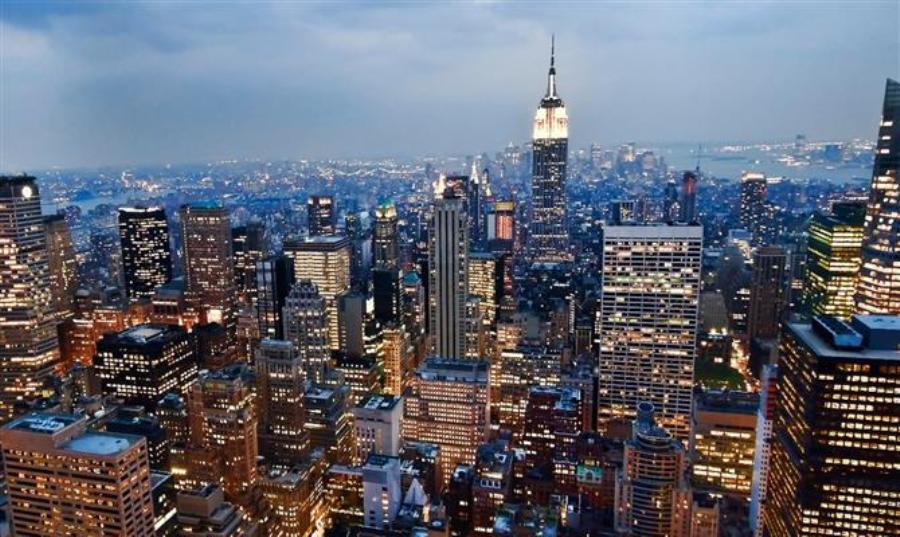The proliferation of mobility applications drivers in New York – mostly from Uber and Lyft, favorites among corporate travelers – and increased congestion from the city, especially on the island of Manhattan, may prompt local the service, according to The New York Times.
The number of vehicles for land transportation in the city in 2013 was 47,000, according to the Taxi and Limousine Commission of New York; at the end of 2017, that number reached 103 thousand, more than double, and with 68 thousand of them serving some mobility application. Only Uber, for example, has 65 thousand drivers in the city, while the number of taxis is limited by a municipal law, and can not exceed 13.6 thousand.
One of the problems caused by the phenomenon is the worsening of the local congestion. Between 2012 and 2017, average speed in central New York fell from 10.5 to 7.5 kilometers per hour, a 30% reduction credited in part to the increase in drivers providing hitch-hatching services.
According to the report, New York Gov. Andrew Cuomo was considering increasing a per-passenger municipal rate as part of a plan to reduce the city’s congestion. The money would be rolled back to the city’s subway system. American cities such as Chicaco, Seattle, Portland and Oregon already have similar rates.
Source: Panrotas / The New York Times
Photo: Wikicommons / Francisco Diez

